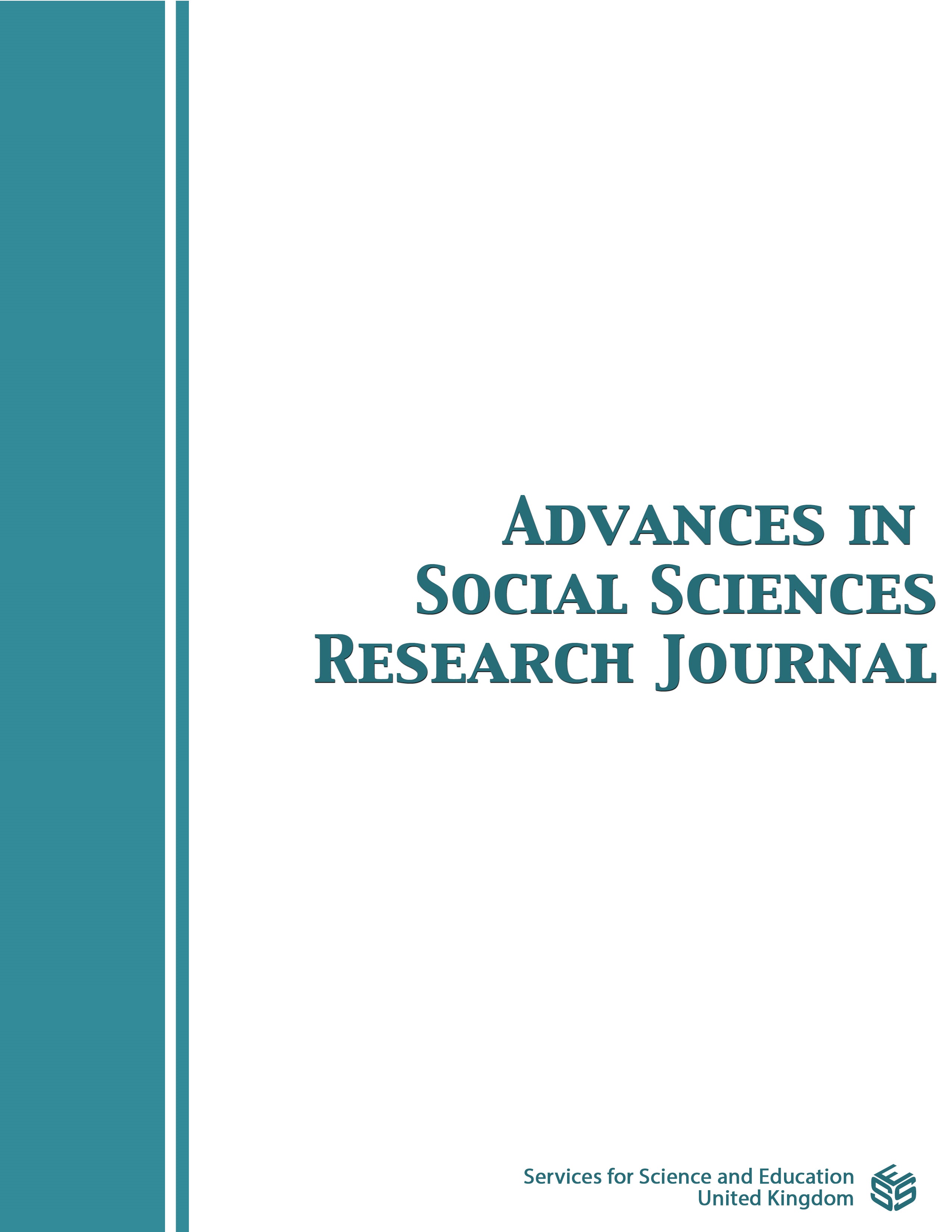Environmental Transformation: A Systematic Literature Review on Green Innovation and Its Key Elements
DOI:
https://doi.org/10.14738/assrj.112.2.16400Keywords:
Green Innovation, Green Innovation Practices, Organizations, Systematic Literature ReviewAbstract
Green Innovation is rapidly becoming a critical business component for many organizations. Thus, this study aims to examine Green Innovation practice research in the literature. At the same time, this study stresses that the practice of implementing Green Innovation may be used by any firm. A Systematic Literature Review (SLR) method is utilized for this aim, with 42 out of 125 studies meeting the search criteria. 24 of those studies are concerned with Green Innovation. Based on the findings of the investigations, five variables (green product innovation, green process innovation, green services innovation, green managerial innovation and green marketing innovation) have been highlighted as elements of Green Innovation for organizations. Therefore, this article will serve as a useful guide for firms looking to implement greener technologies through the usage of Green Innovation.
Downloads
Published
How to Cite
Issue
Section
License
Copyright (c) 2024 Nur Aisya Addina Ahmad Bakarim, Ramita Abdul Rahim, Muhammad Iskandar Hamzah

This work is licensed under a Creative Commons Attribution 4.0 International License.
Authors wishing to include figures, tables, or text passages that have already been published elsewhere are required to obtain permission from the copyright owner(s) for both the print and online format and to include evidence that such permission has been granted when submitting their papers. Any material received without such evidence will be assumed to originate from the authors.






